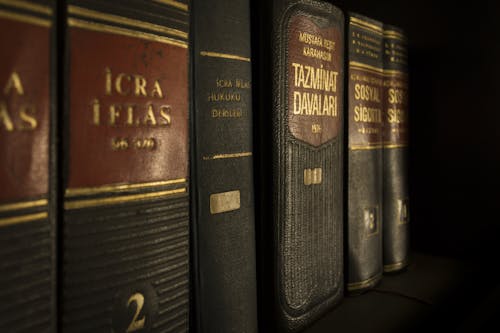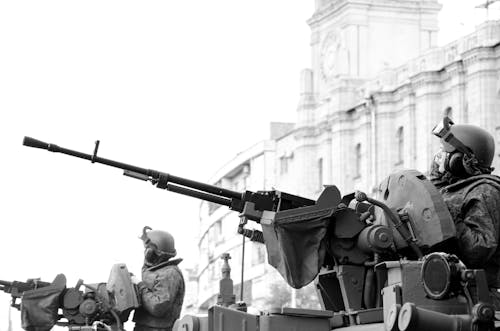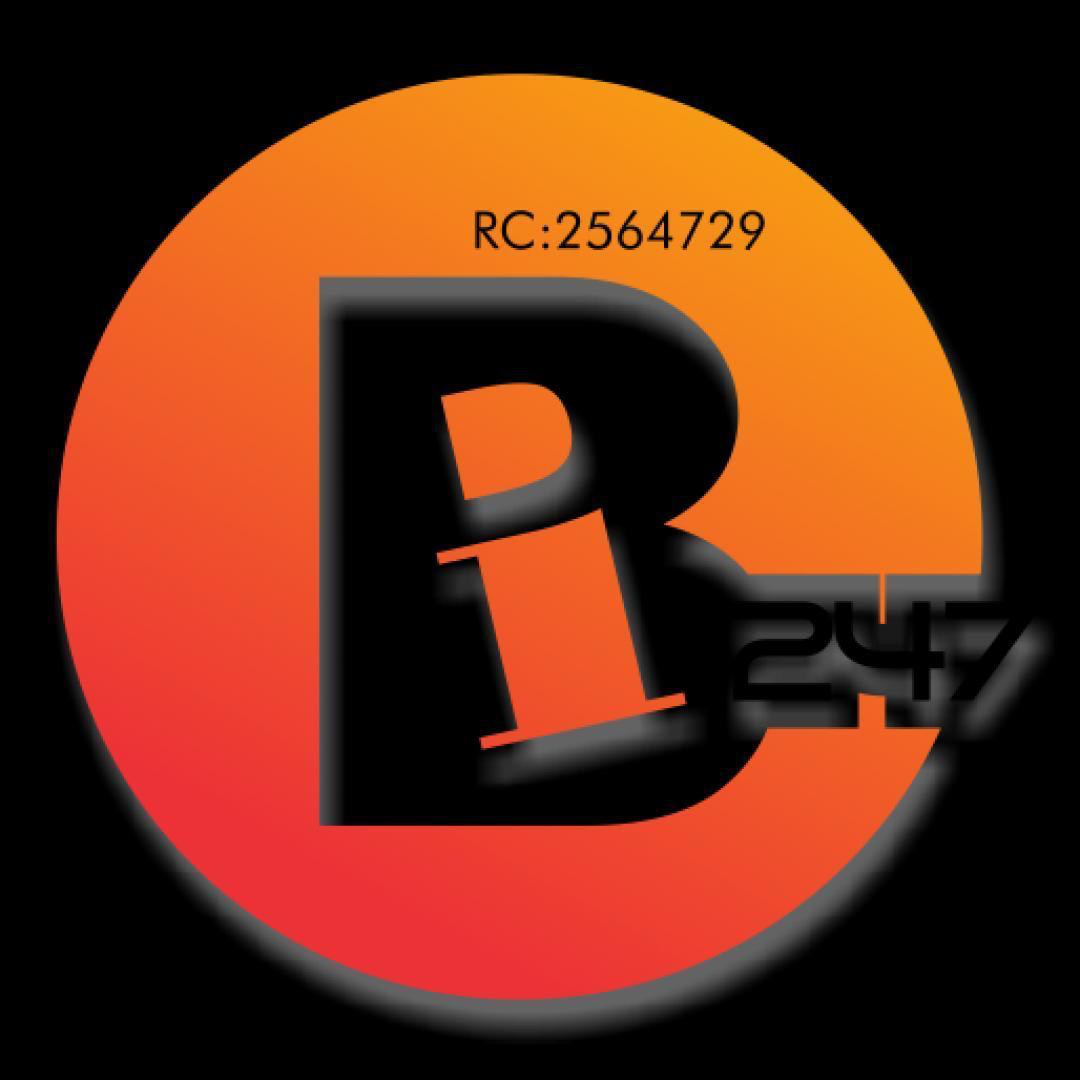HISTORY AND POLITICS IN BENIN REPUBLIC

At the origins, the land of present-day Benin Republic was occupied by several kingdoms. The most prominent were called Danhomé (Abomey), Xogbonou (Porto-Novo), Allada, Nikki, Kouandé, Kandi …
Abomey and Porto-Novo’s first rulers came from neighboring Togo (Tado) via the Adja-Fon migration. The other populations came from Nigeria, Niger, or Burkina-Faso today. The country was thus once home of ancient and brilliant civilizations built around these kingdoms: city-states.
These politically well-structured entities had functional urban centers. After the abolition of the slave trade in 1807, they had developed a local trade, based on the slave trade from the 17th century, then on the oil palm trade.
This trading economy favored the establishment of trading posts controlled by the English, Danes, Portuguese, and some French along the coast (nicknamed the “Slave Coast”). France was allowed to build a port at Ouidah in 1704 while Porto-Novo was discovered by the Portuguese in 1752.
In 1894, the French, defeating the local kings, created the colony of Dahomey and dependencies. The territory took the name of the most preponderant kingdom and the most resistant to foreign occupation: Dan home with its legendary King Behanzin.
The Proclaimed Republic on 4 December 1958, on 1 August 1960, Benin Republic acceded to international sovereignty under the name of Dahomey. The country is known for the “exemplary” nature of its democratic process which began after the National Conference of Living Forces in February 1990. Several presidential, legislative, and local elections have since sanctioned the shift of political power. Political liberalism has generated three alternations on the State apex in fifteen years.
It has truly experienced two waves of democratization, crowned with elections the rulers emerged from. The first goes back to the dawn of independence, with the December 1960 general elections. This period is still marked by the failure of the President of the Republic to complete his mandate, swept away by a military coup d’état in 1963.
Moreover, political life was suffering from monolithism, as the new president very quickly inspired the fusion of political parties into a single official: the Dahomean Unity Party (PDU). Since February 1990, the second wave of democratization is underway. Its peculiarity is that it is long-term and enables democratic stability
More generally, the country’s contemporary political history can be sequenced into three major periods: the period of political instability, the Marxist-militarist period, and the period of democratic renewal.
The first twelve years of independence marked the time of political instability. A series of coups d’état followed until 1970, which gave the country the name “The sick child of Africa.” The founding act of this instability was Colonel Christophe Soglo’s putsch, which on 28 October 1963 overthrew the democratically elected independence father Hubert MAGA.

In fact, with the new Constitution adopted in November 1960, Hubert Maga’s retention of power was consecrated by the general elections held on 11 December following. But profiting from the country’s social unrest, the army took power in 1963. Three months later the country’s management was handed over to a civilian government.
Sourou Migan Apithy became Benin Republic President and Justin Ahomadégbé became its Prime Minister and Vice-President. On 5 January 1964, a referendum adopted a new Constitution. But those two government leaders have been unable to tuning their violins. The army forced them to dissign on 1 December 1965. Civilians however retained power. It fell to Taïrou Congacou, the president of the national assembly. Unhappy with his governance, Christophe Soglo, who had become a general, took the army to the forefront once again.
He proclaimed himself Republic President de facto on 22 December 1965.
The young military officers on 17 December 1967, in turn, overthrew him. Commander Maurice Kouandété, the mastermind of the coup d’état, confided to the head of the army, Lieutenant Colonel Alphonse Alley, three days after the destiny of the country.
In May 1968 the officers organized presidential elections to hand over Dahomey’s scepter once again to a civilian authority. Yet the country’s three traditional political leaders who were.
In their absence, the people carried a stranger. The elected candidate, Dr. Basile Adjou Moumouni, did grind grain to the soldiers, however. A World Health Organization international civil servant stationed in Brazzaville, the elected head of state was not a part of the political seraglio and did not reassure the military. Surely the military had concerns about keeping their privileges.

The military used the low turnout as an excuse in doing so to annul the results of the elections.
In the aftermath, faced with pressure, they installed a civilian replacement at the Presidency on 17 July 1968: Émile Derlin Zinsou.
In fact, the new Head of State, a former member of the French Union Assembly, was the fourth political tenor in the country. Accustomed to the political life of Dahomey, he was the consensus within the Committee for Military Revolution (CMR).
Still inhabiting the Army, the old demons invited themselves back to the limelight. On 12 December 1969, Colonel Maurice Kouandété expelled Emile Zinsou from power.
He did not lead the country, as usual. Another officer, Lieutenant Colonel Paul Emile de Souza, was entrusted with its management. The military pledged to step down as Executive head in May 1970. A new formula was found to ward off the instability: a rotating presidency was established. It consisted of forming a government led by the three main civil political actors in turn: Maga, Apithy, and Ahomadégbé.
In the supreme magistracy every two years the country’s three political leaders, firmly anchored electorally to a region, would succeed each other. Justin Ahomadégbé took over at the end of the Mandate of Hubert Maga in May 1972. But the formula hasn’t long worked.
The Army again seized power on October 26, 1972, with Battalion Chief Mathieu Kérékou. This triumvirate he swept away, mocked as a “three-headed monster” It was the start of a second strong political period for the country.
The second, militaristic-Marxist phase extends from that seizure of power to the February 1990 National Conference. The military government made crucial strategic and ideological choices in 1975.
The People’s Republic of Benin has been renamed The Republic of Dahomey. It proclaimed its adherence to the Marxist-Leninist oriented socialist economy. Draped the country into a dictatorial cloak. Several opponents were murdered, tortured, and forced into exile.
From the mid-1980s onwards, an unprecedented economic situation forced the government into power which resulted from a series of factors: international gloom, mismanagement, misappropriation of funds, and imperialism.
The state stopped paying salaries during bankruptcy. Faced with this situation fuelled by the Dahomey Communist Party ideologues, the street rumbled over with demonstrations of protest. Unarmed, the Marxist military junta resigned to political, economic, and social reforms.
It abandoned socialism as the state’s ideological orientation on December 6, 1989, and convened a National Conference. Furthermore, the politically condemned were amnestied and could return for the month of February to participate in the announced “Estates General.”
The time of the Democratic Renewal, consecrated by this great mass of the Nation’s living forces, is still in progress.
From 19 to 28 February 1990, at the PLM Alédjo Hotel, under the chairmanship of Monsignor Isidore de Souza, the National Conference brought together over half a thousand delegates from the various components of the country.
Two key decisions were made. The first one established liberalism, democracy, and the rule of law. The second appointed a prime minister to assist General Mathieu Kérékou, who had been retained as president but had most of his prerogatives stripped. The Benin Republic was enveloped by winds of democratic renewal.
The Premier appointed by the National Conference, World Bank Executive Director Nicéphore Soglo, was responsible for leading the government during the transitional period.
HISTORY AND POLITICS IN BENIN REPUBLIC
The task of this government is to implement the main measures that will lead to the adoption of a new constitution and the organization of general elections.
Contrary to other transitional experiences of the sub-region countries, during the twelve months of their duration, the two main actors of this period, President Mathieu Kérékou and Prime Minister Nicéphore Soglo, were able to play their part faithfully and to tuning their violins.
A new fundamental law, that of the Fifth Republic, was promulgated by referendum on 11 December 1990, after its adoption. It reflects national conference decisions. It’s founded on the rule of law and democracy. It opted for a republican presidential regime with the three powers separated: the executive, the legislature, and the judiciary.
Three months later, both presidential and legislative elections marked the end of the transition period. The new National Assembly that is unicameral is elected for four years. It is presided over by the lawyer and former political exile Adrien Houngbédji.
Nicéphore Soglo had defeated Mathieu Kérékou in the second round of presidential elections. But in 1996, at the end of the presidential elections, he had to abandon his presidential chair to Mathieu Kérékou. Five years later the Beninese put their confidence in General Mathieu Kérékou once again.
In 2006 the political game became more open, in the absence of Mathieu Kérékou and Nicéphore Soglo. On 5 March 2006, the first round of elections took place. Twenty-six candidates contested the supreme magisterium: regulars and newcomers. This included Adrien Houngbédji and Bruno Amoussou, both former Kérékou ministers and former National Assembly presidents. Against all odds, it was Boni Yayi who took the limelight, portrayed by his opponents as the emanation of “a spontaneous generation in politics” With over 75 percent of the votes cast, he won the final decision. The following year his supporters won the legislative elections united within the Forces Cauris pour un Bénin Emergent (FCBE). It was from this movement that the National Assembly president elected Mathurin Nago in the aftermath.
Then two major actors emerged within the Beninese political class: Republic President Boni Yayi and his second-round challenger, Adrien Houngbédji, who acted as the ‘main opponent’ to power.
In 2011, Boni Yayi was re-elected in the first round of the presidential elections for a new five-year term as the President of the Republic.
After the second round of presidential elections, the Beninese people elected President Patrice Talon in March 2016. President Patrice TALON was sworn in and took over the reins of power on 06 April 2016.
HISTORY AND POLITICS IN BENIN REPUBLIC
Useful Links
- Places of attraction to visit in Benin Republic
- FASTEST AND MOST EFFECTIVE WAY TO WORK IN CANADA AS A NIGERIAN
- THREE SURE WAYS TO GET AN EUROPEAN CITIZENSHIP
- ANDORRA: Visa, Education, Work Permit And Living Life
- LIST OF SOME ACCREDITED UNIVERSITIES IN COTONOU BENIN REPUBLIC
- 2020 Benin Republic Universities Application Form
- 2020 Admission Requirements and Courses for Fresher and Transfer Student to study in Republic of Benin
- Top Ten (10) astounding Universities dominated by Nigerians in Cotonou Republic of Benin 2020
- LEADPRENEUR ACADEMY Distance Learning
- How to apply for Canada Visa online









 Protected by Patchstack
Protected by Patchstack